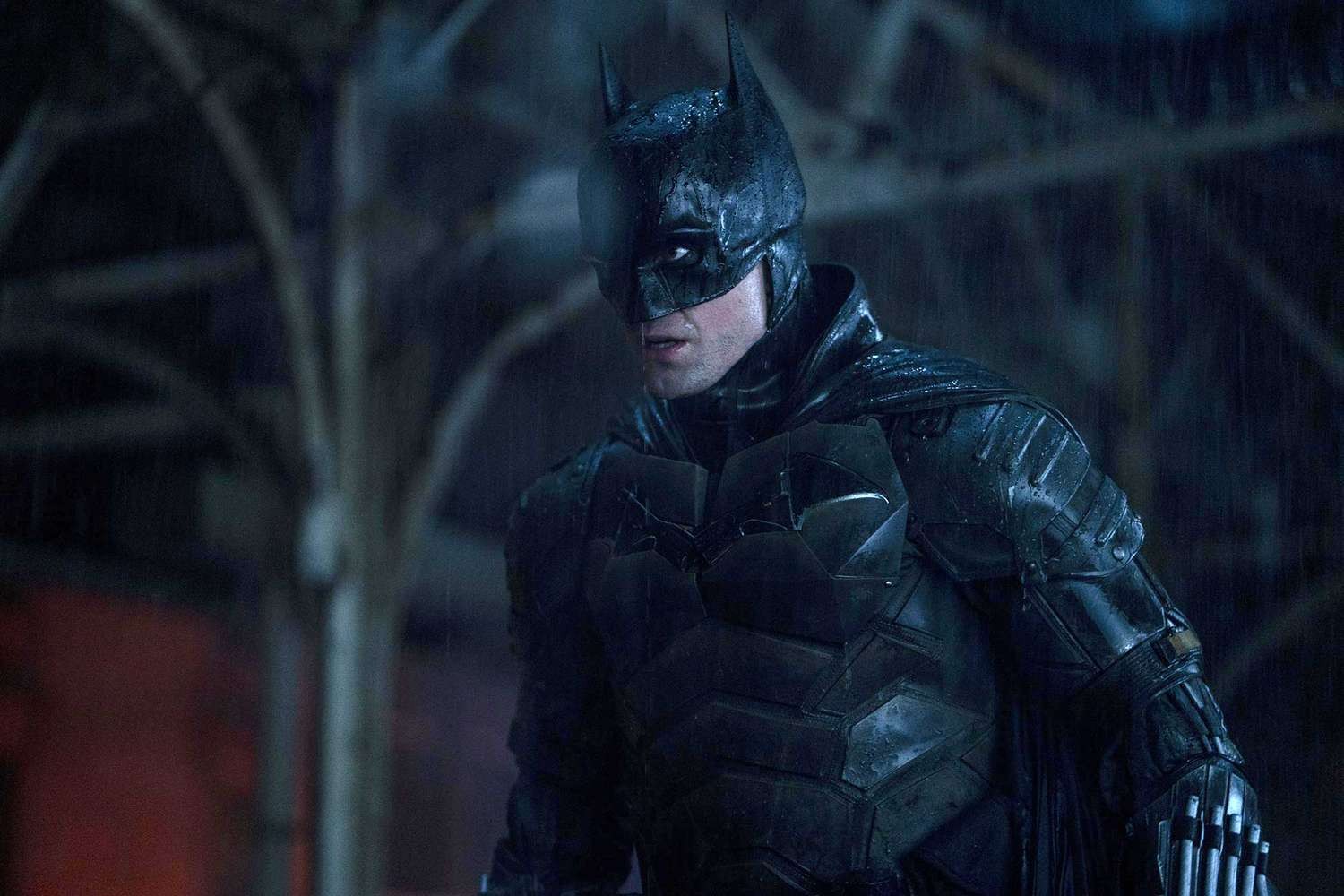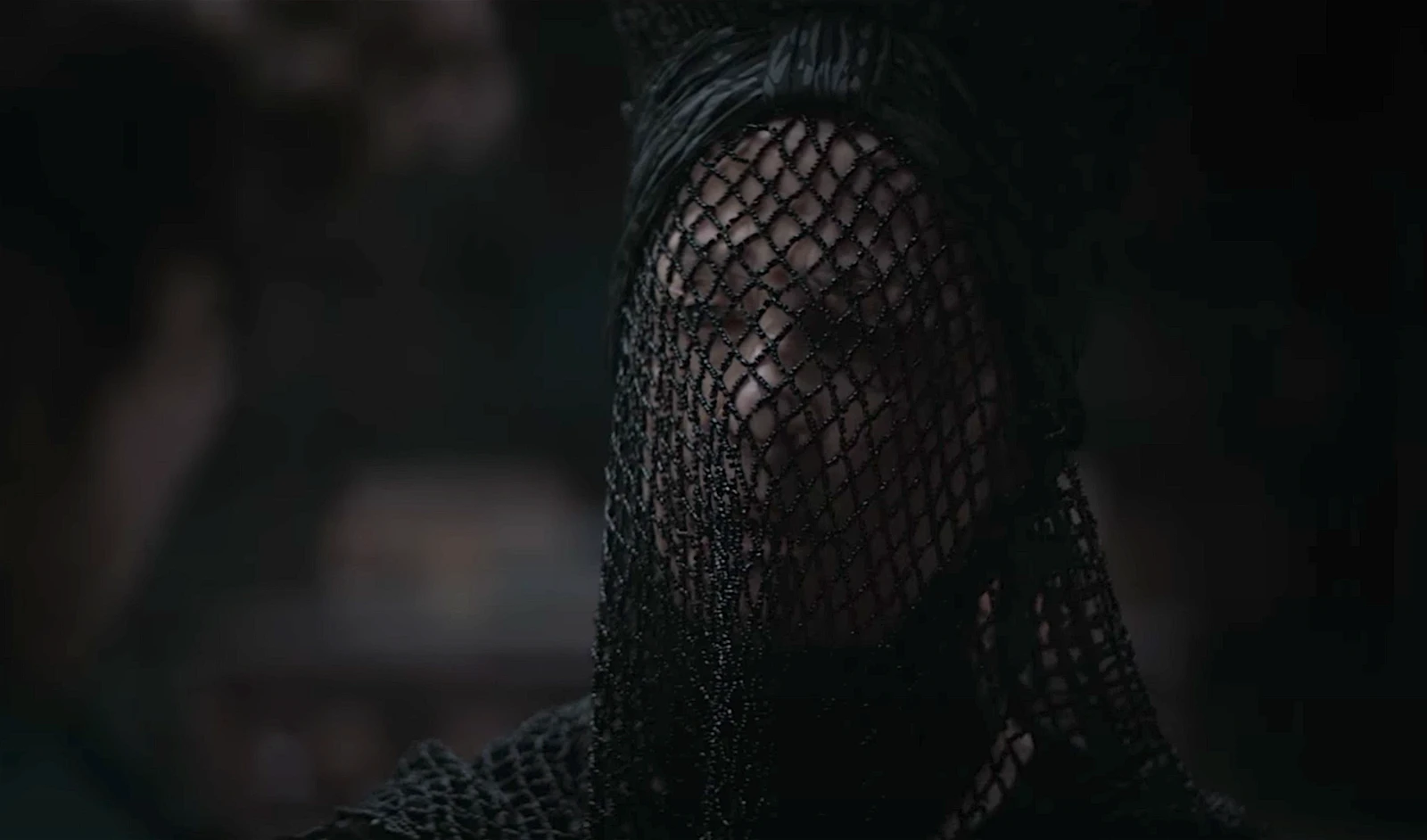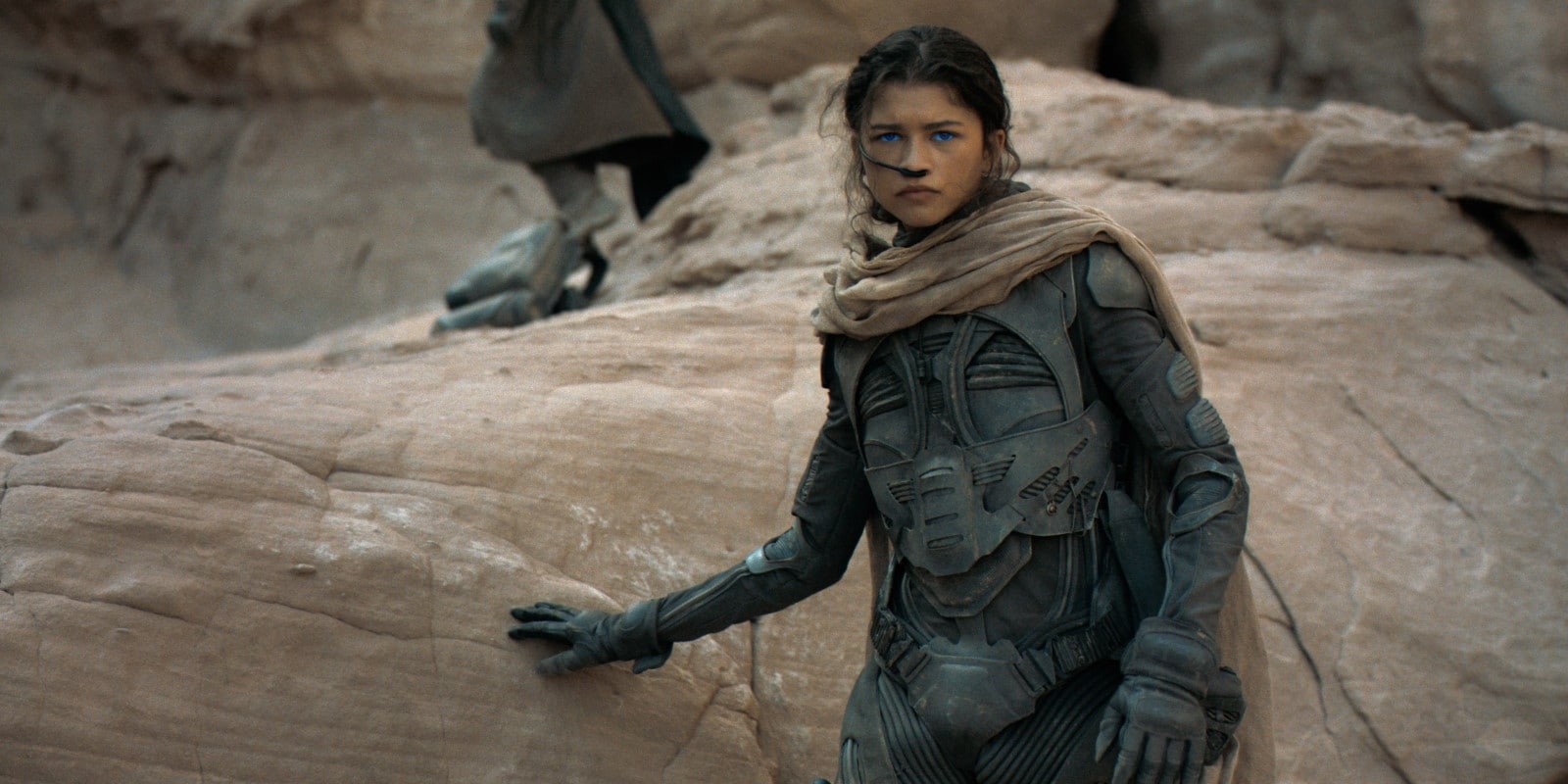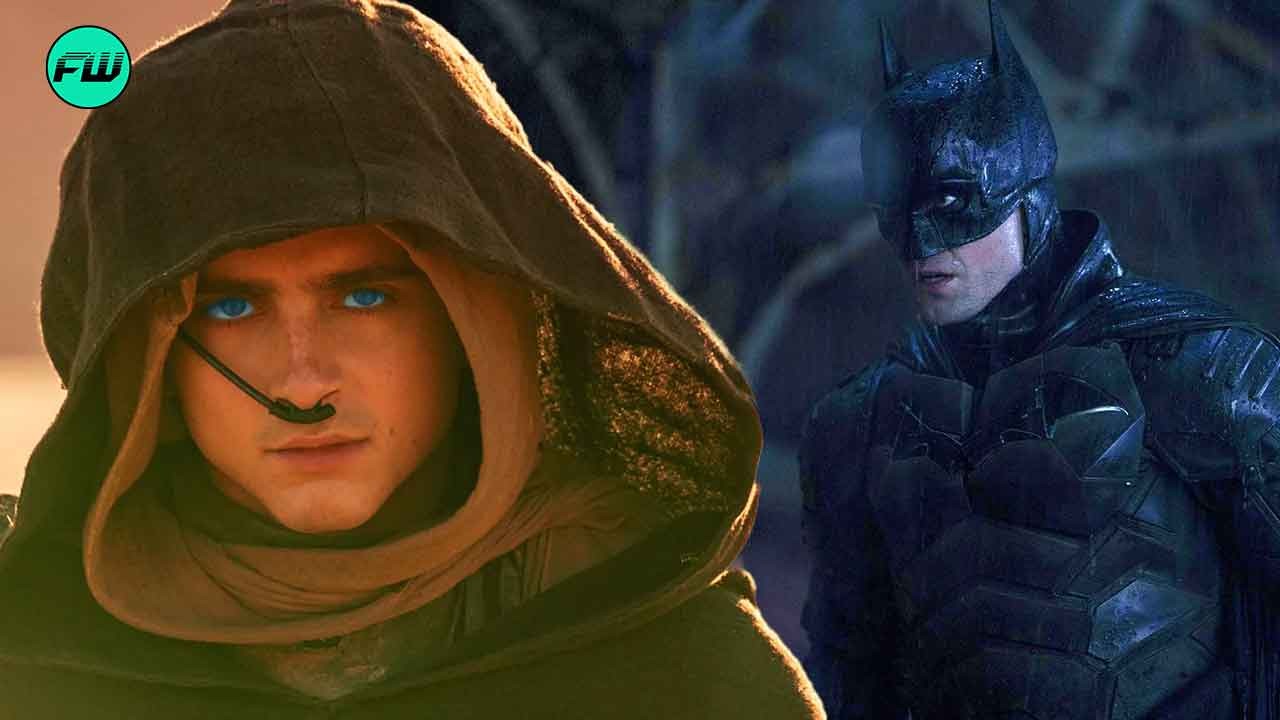Matt Reeves’ The Batman and Denis Villeneuve’s Dunes: Part One share a unique but fascinating connection: their cinematography. Both films, despite being modern releases, boast a visual style reminiscent of the 1970s. This unique appearance was achieved by meticulous design.

Reeves and his cinematographer Greg Fraser took a unique approach to capturing the visual elements of The Batman. Taking inspiration from gritty 1970s thrillers like Clute and All the President’s Men, they’ve deliberately opted for classic anamorphic lenses.
And, the same technique, that combines the power of digital filmmaking with the classic charm of making a movie. was also used in Denis Villeneuve’s Dune: Part One, where the cinematographer was Greig Fraser again.
How Does The Batman and Dune: Part One Share a Visual Secret?
Matt Reeves’ The Batman and Denis Villeneuve’s Dune: Part One may seem like movies from very different worlds, but they share a surprising secret weapon in their cartoons
Shot digitally, both The Batman and Dune were carefully crafted to evoke the visual style of the 1970s thrillers. Director Matt Reeves and cinematographer Greig Fraser used a special technique in which digital footage was run through real film stock and then scanned back into the digital realm. This technique, also employed by Fraser on Dune, adds a subtle layer of texture and imperfection reminiscent of the 70s era.

Reeves and Fraser were particularly attracted to the imperfection of older anamorphic lenses. Despite the technical shortcomings of these lenses by today’s standards, Reeves and Fraser were drawn to their flawed aesthetic, pointing out things like murky bokeh and focus fall-off that acted as a catalyst in adding the characters to the visuals.
One of the most dramatic examples of this strategic choice comes in the film’s opening monologue, where Gotham’s townscape is murky around the masked Bruce Wayne while he walks on a rainy Halloween night.
The filmmakers weren’t interested in just copying the visuals of the 70s. They sought to capture the very essence of the celluloid film. The inherently crisp digital was considered very clean. And so both films choose to use a similar but unique approach.
Fraser’s cinematography proved to be one major reason why Dune: Part One was a visual treat in theaters.
Greig Fraser on Shooting With Denis Villeneuve
Everybody loves Greig Fraser’s way of cinematography. He has shown his uniqueness in films like Zero Dark Thirty, Rogue One: A Star Wars Story, Vice, Lion, Foxcatcher, Killing Them Softly, and the first season of The Mandalorian.
Fraser once talked about the challenges he had to take while shooting with filmmaker Denis Villeneuve.

“I don’t take on projects I don’t get nervous about, fear is always a part of it,” he said. (The Hollywood Reporter)
“You don’t want to be the guy who screws up the photography on Dune,” Fraser said. “I get nervous with every new project I take on,” said Fraser. “I hope that’s natural and I hope it never goes away.”
Fraser shot Dune on the Alexa LF, ARRI’s large-format digital camera, but Villeneuve then transferred the image onto 35 mm film which was then scanned back into digital.
Watch The Batman and Dune: Part One on Netflix.





